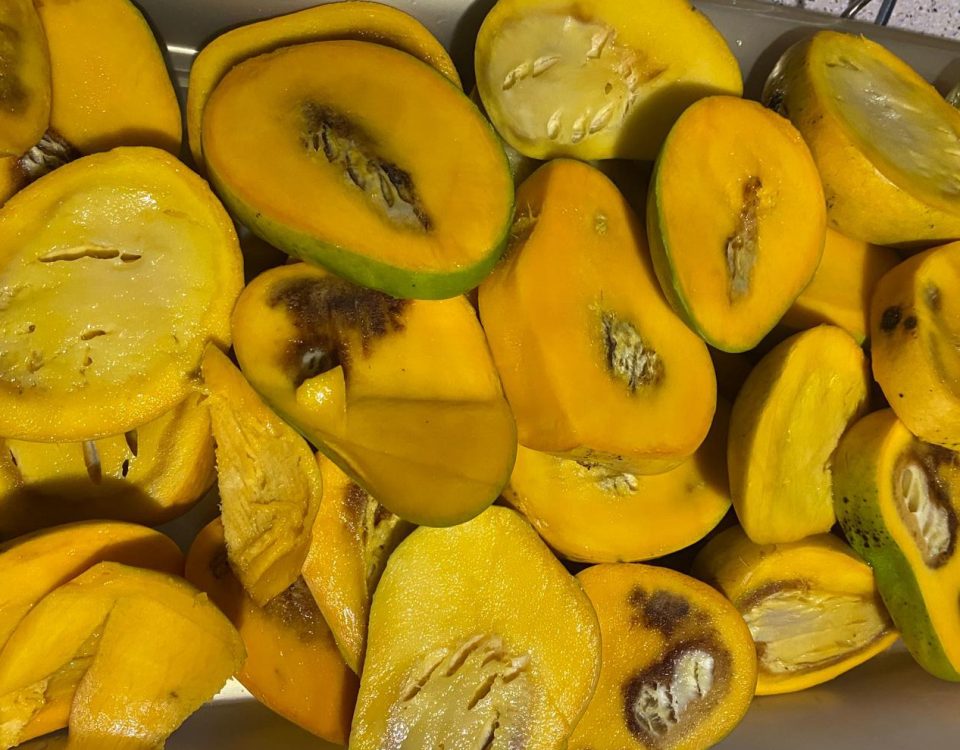Top Fruit Exports and How to Avoid Cargo Claims: Watermelons

3 Essential Practices to Protect Reefer Cargo During Transit
September 8, 2023
Why Harvest Certificate is Important in Cargo Claim Recovery?
September 8, 2023Watermelons are exported from mostly India and Turkey on being the top producers. This fruit have a broad seasonal availability that varies across regions. Key producing regions like South Africa, South America, and Central America further cater to global demand. Watermelon export grew on a rate of 92.6% in December 2022, growth and demand always have the risk of rise in cargo damage and cargo claims.
Optimal Temperature Matters:
Watermelons have their sweet spot when it comes to temperature. The ideal temperature for transporting watermelons is between 8 to 10 degrees Celsius. This range ensures they stay fresh and delicious without suffering any damage. So, keep those temperature controls in check, especially during transit!
Harvest and Quality:
Commercial watermelons bound for distant markets are usually harvested when they are mature but not fully ripe. This approach minimizes the risk of damage during handling and prevents the flesh from breaking down. Immature watermelons have pink flesh, mature ones are red to dark red, and overripe ones have orange flesh. Remember, the red color and flavor of watermelons can improve during a short storage period at or above room temperature.
When it comes to watermelons, quality is all about the sweet stuff—literally! Look for watermelons with high sugar content, a deep red flesh color, and a pleasant, crisp texture. These characteristics depend on factors like maturity, the type of watermelon (cultivar), and how they are handled during harvesting and transportation.
Handling and Storage:
Watermelons are sensitive when it comes to handling. Rough treatment, like dropping or tossing them, can lead to internal bruising and flesh breakdown. So, treat them gently to keep them looking and tasting their best.
Watermelons aren’t built for long storage, but they do have a sweet spot for temperature—around 10°C is the Goldilocks zone. They can stay fresh at this temperature for 2 to 3 weeks, maybe even longer. However, if you keep them at room temperature for 6 weeks, their flavor will suffer.
Beware of Chilling Injury:
Watermelons can experience chilling injury when stored at temperatures below 7°C. This can lead to various quality issues, so it’s best to find a temperature compromise around 10°C for storage.
Mixed Loads and Cautions:
Never ship watermelons with commodities that produce ethylene, as it can affect their quality. Also, be cautious about carbon dioxide levels; anything above 10% can give your watermelons an undesirable carbonated taste.
Storage Disorders:
Watch out for various storage disorders like Alternaria rot, Anthracnose, Bacterial rots, and more. These can impact the quality of your watermelons if left unchecked.
In the event of unforeseen challenges, having a reliable partner specializing in cargo claim recovery, such as Recoupex, can provide crucial support, safeguarding your interests and reputation. As the cantaloupe market continues to thrive, your commitment to quality and precision will stand as a testament to your dedication in the global trade arena.
Recoupex is a hub of transport lawyers – experts in cargo claims. We assess your case quickly. We have successfully recovered claims from Maersk, Sealand, Hapag-Lloyd, Mediterranean Shipping Company – MSC, CMA CGM, and other carriers.



